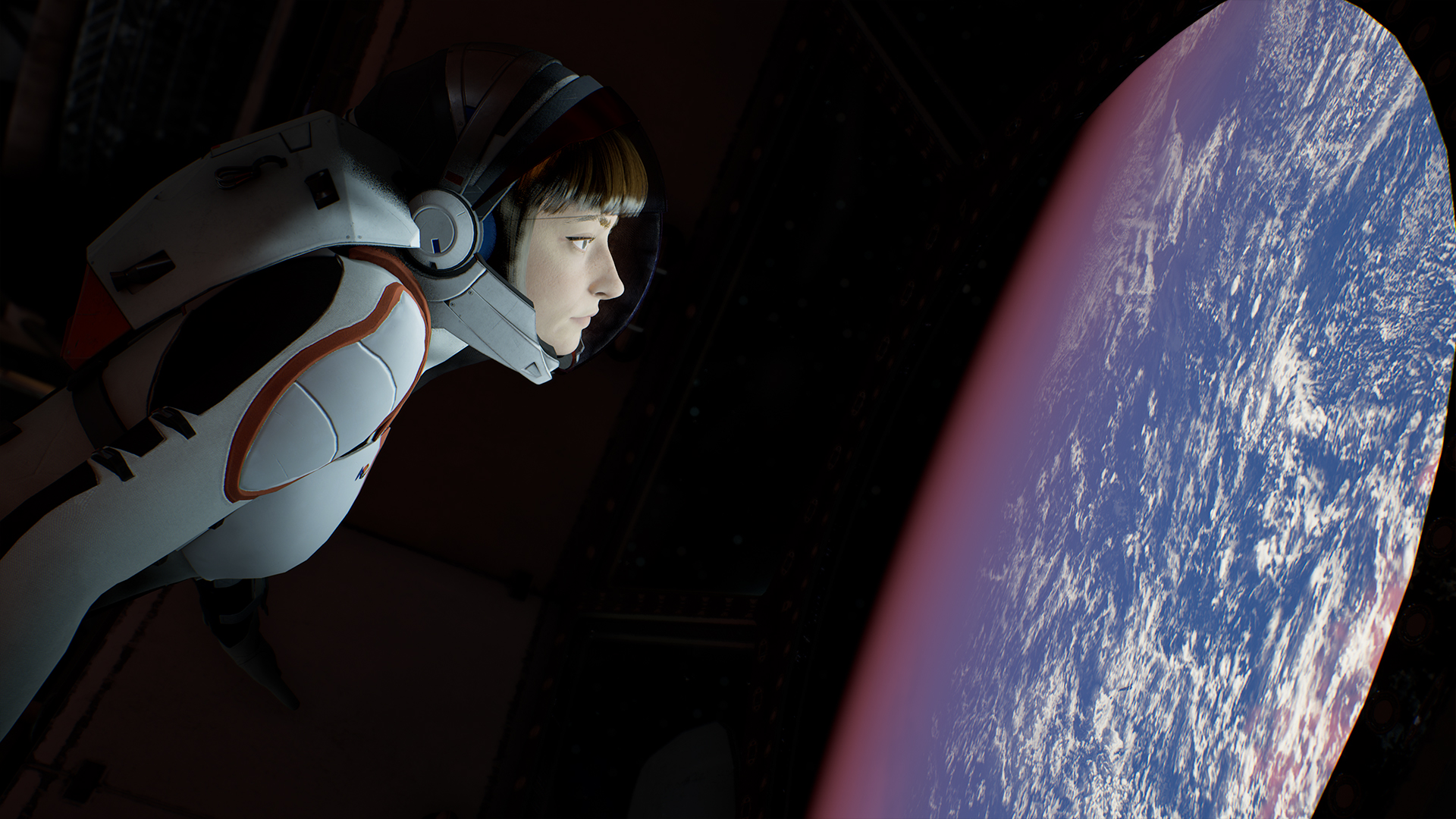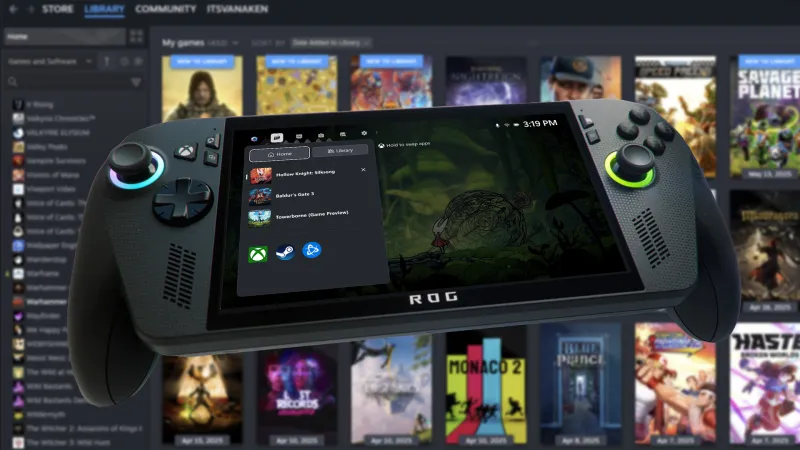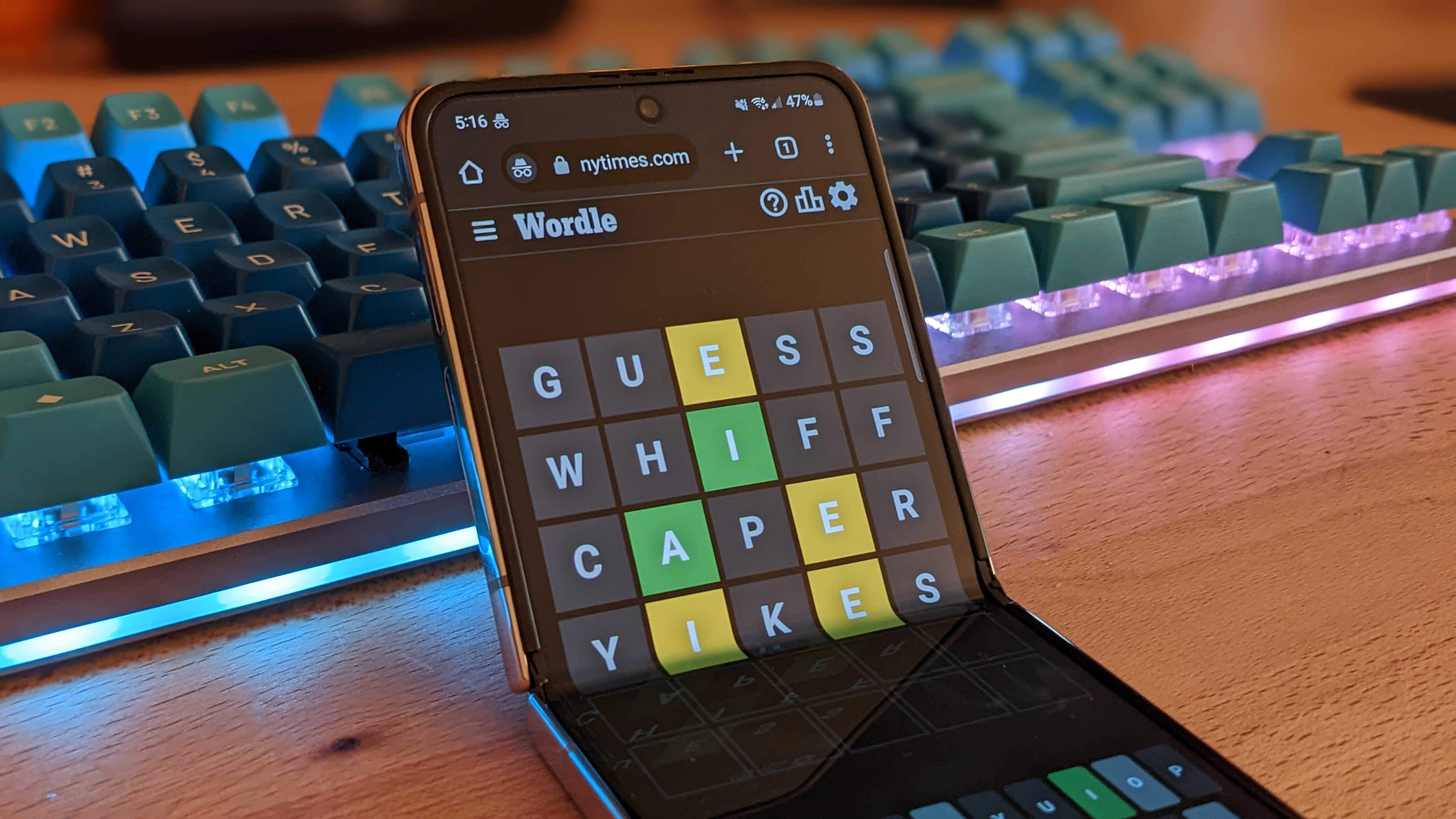
Try not to end up dead on red.
After discovering that the moon was not haunted by anything other than a megalomaniacal colony leader and then being shoved into a freezer for a few years, I’m now stranded on Mars—not my ideal vacation itinerary, if I’m being honest.
Deliver Us Mars, which I played last week, is the sequel to the well-received 2019 adventure Deliver Us The Moon. I got to spend some time hanging off walls by my climbing axes with an early preview ahead of its release in February, and I have some thoughts to share, right after I fire my my travel agent.
The Deliver Us Mars trailer that debuted at the PC Gaming Show back in June showed our astronaut crash landing on Mars and trying to survive with a friendly robot assistant. But more than surviving, Deliver Us Mars has us trying to recover some ships—called ARKs—that are tied up in a mysterious conspiracy called Outward. Given how abandoned the Mars colonies are, the efforts to save the Earth and its small colonies in Deliver Us The Moon seem to have encountered some further technical issues. The fairly simple puzzles and adventuring worked well enough for Moon, but that game was really carried by the moody atmosphere and soundtrack, and some timely commentary on the consumption-based lifestyle that rules our little blue ball.
(Image credit: KeokeN)
With Deliver Us Mars, developer KeokeN is expanding on the story, following a deepening Outward conspiracy to everyone’s favorite red-orange planet (unless you’re really into Yavin, for some reason). With the worldbuilding that Moon spent time establishing—from the global climate crisis up to the conspiracy, which saw the first game’s villain hijack the moon’s resources to make ARK ships—it’s welcome to see Deliver Us Mars building on that story by having me explore those same wrecked ARK ships.
In an hour demo I got to experience two distinct areas, the first entirely contained inside some kind of larger habitation complex. Wandering the lonely halls with my floating helper orb that I passively dubbed Wilson, I started feeling like some kind of futuristic archaeologist as my robo-pal would reconstruct and play back conversations from past residents of the colony. Deliver Us Mars wants you to wade through a tidal wave of Martian melancholy, so the conversations are largely about how everyone is dying and the colony won’t survive—I just wish at least a few of them were about how tired they were of the freeze dried ice cream.
Thankfully, before I started talking to robo-Wilson out of loneliness, Deliver us Mars provided me a voice in my ear in the form of a partner on my missions. With a goal ahead of me, I got to mess around with the first puzzles in Deliver Us Mars’ repertoire: laser power transmitters. While not the most complex, it was fun trying to figure out what pattern of lasers I needed to transmit the power correctly from place to place. Though I had to question the practicality of using wireless power transfer (a real technology that feels very science fiction) in a series of hallways. Even on Mars, going for a cup of coffee shouldn’t mean risking getting your face burned off.
When I found myself getting stuck with the puzzles or feeling like I was missing something, I could hop into Wilson’s viewpoint and fly around the area freely. This perspective proved invaluable, helping me get myself unstuck and unconfused in a way that felt genuine to the story. It also gave a fairly compelling reason for having a floating robot sidekick.
Through Wilson’s eyes I was able to figure out where to go next. The walls of many areas in Deliver Us Mars are festooned with a sort of fabric insulation that screams ‘space’ (silently, of course), and I had a pair of climbing axes that could dig right into it. Using the axes to climb around ended up being my surprise favorite bit of Deliver Us Mars: I had to use the right and left mouse buttons to control each axe independently. So while the usual WASD will move you around on the wall—including changing the position of your arms when they aren’t anchored—you have to click and then hold the button corresponding to the arm you want to anchor to sink your climbing axe into the squishy wall.
I found myself rhythmically repeating a pattern to make sure I didn’t mess up, trying to build that new muscle memory made climbing tense.
The second area I could explore—the outside and inside of a crashed ARK ship—took me out of the colony habitat. To reach it I went rumbling around the surface of the red planet in a rover, driving off of every rocky outcropping I could find. Shortly afterwards I got to start climbing all over the massive ship, a wreck that was dramatically sticking off the edge of a cliff.
The tension of using each axe individually became the focal point of my experience. I was clumsily trying to get my mouse buttons to stay down when I realized the walls were falling apart under my axes. Suddenly my meager new skill at controlling my human-fly on the wall was being tested as I tried to outpace my imminent doom. Moment to moment I was going from thinking it was clever to even a nuisance, but now I realized how quickly it transferred the story’s tension to my weak and noodly fingers.
From the hour or so I’ve played, the story is the reason to tackle everything from laser puzzles to gymnasium-like climbing walls, here. The narrative and atmosphere dragged Deliver Us The Moon past run-of-the-mill gameplay to an interesting finish line, but I can’t say from this slice of Martian exploration whether or not Deliver Us Mars will too. What I can say is that it’s got all the right tools for the same success.



